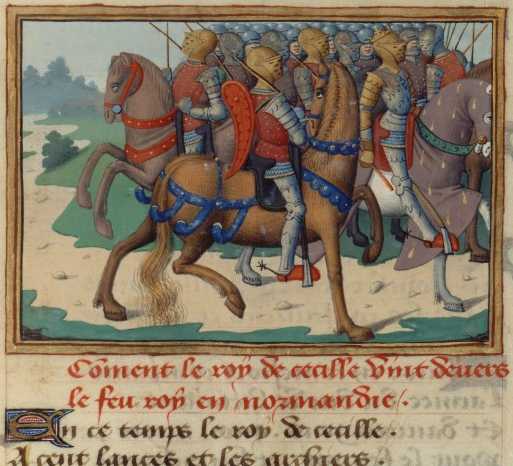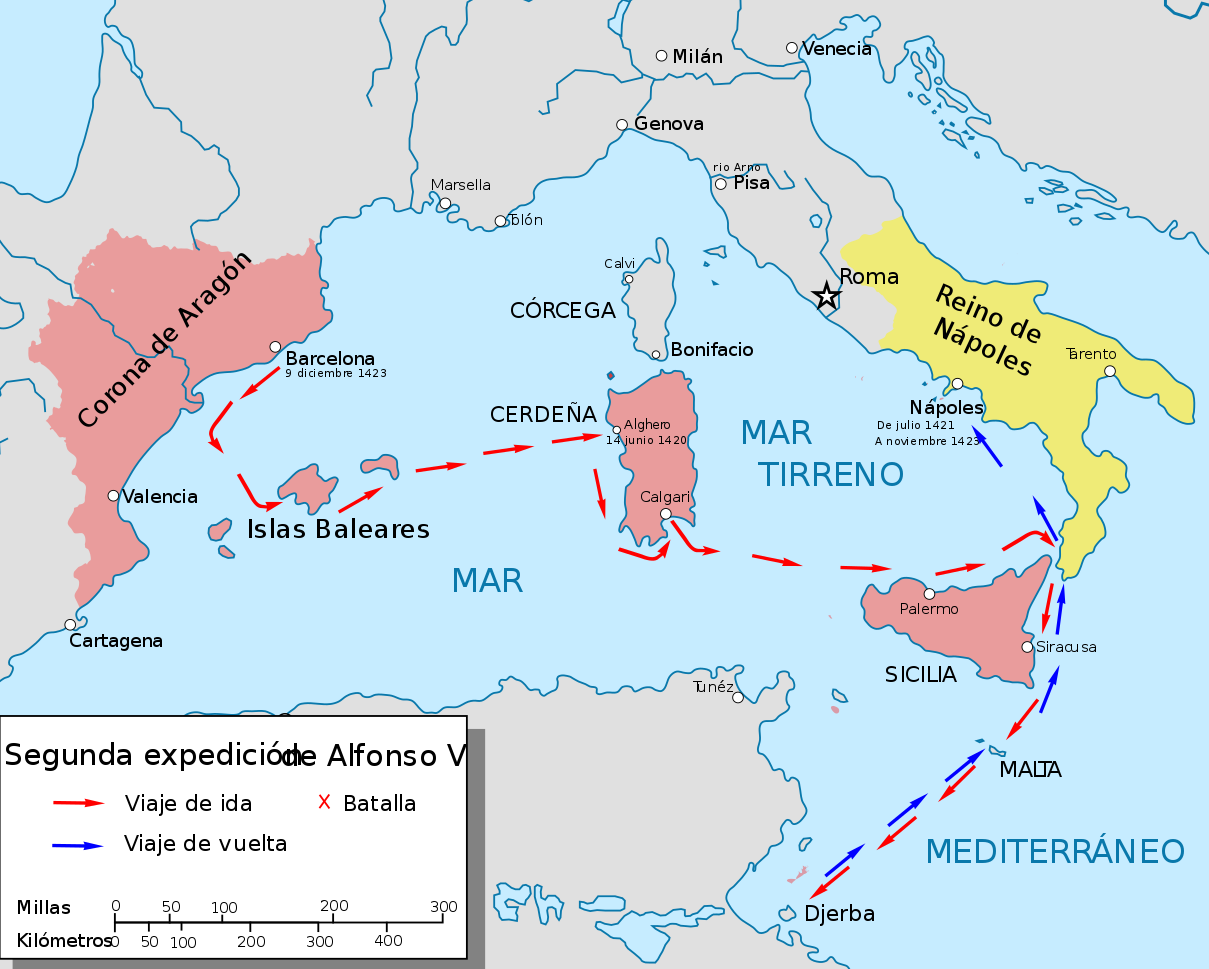Early Adulthood
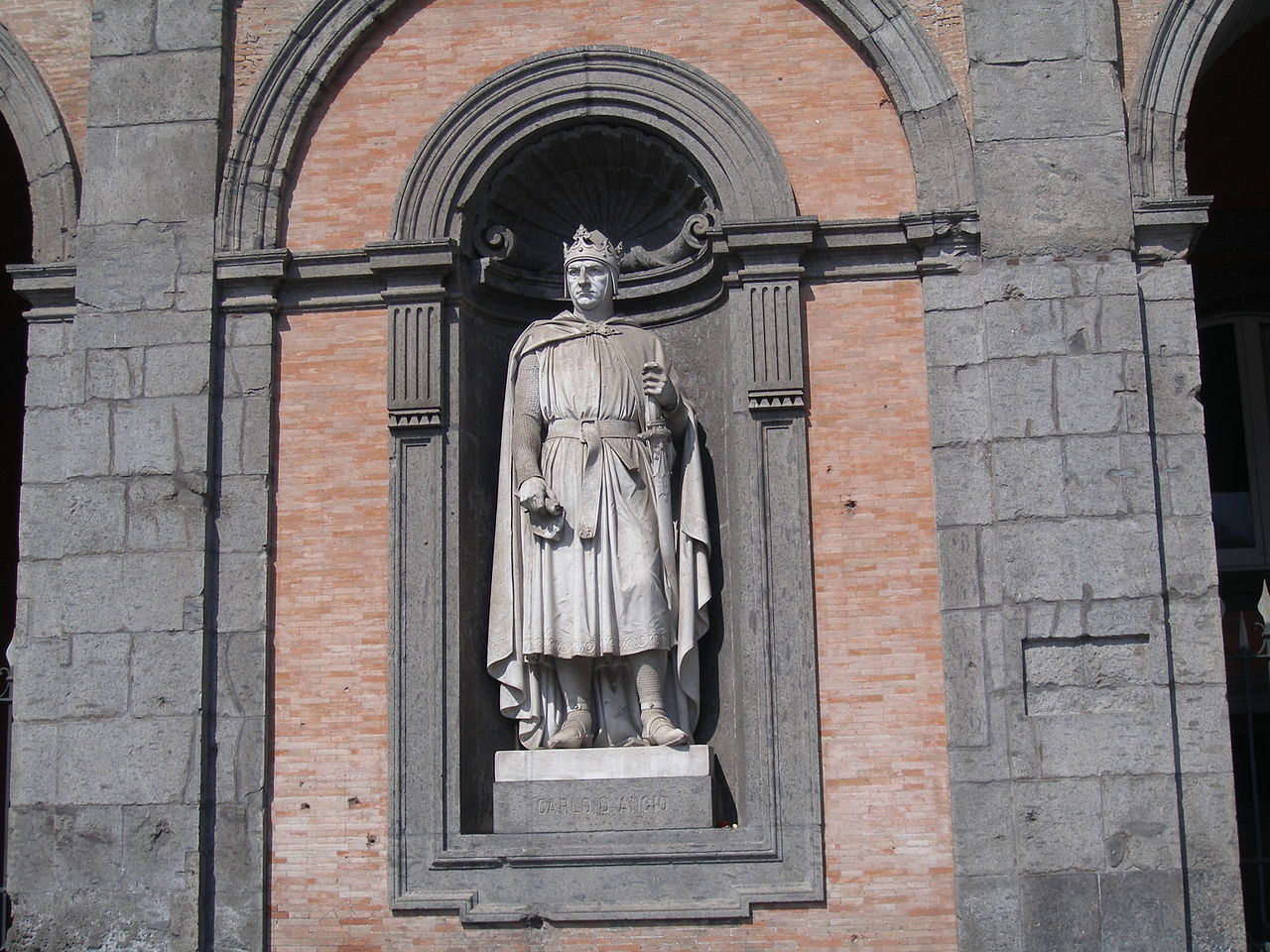
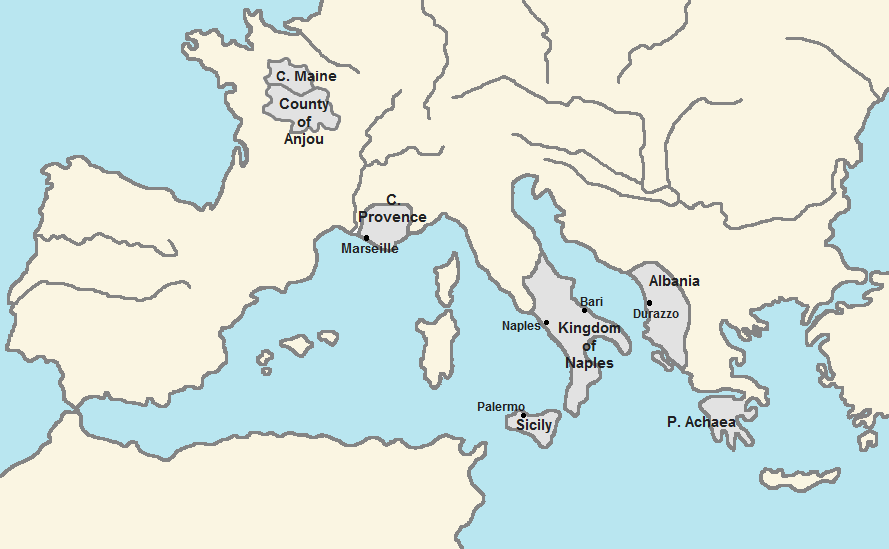
Charles of Anjou moved the capital of his kingdom from Palermo to Naples as soon as he took over, something that would cause a responsive disavowal of his Sicilian subjects who felt they had been delegated. However Naples suited Charles’s plans better and he was determined to make his capital a center not just administratively but in terms of culture and prestige as well. Eager to revive the city’s university he invited St. Thomas Aquinas, already famous scholar from his teaching in Paris and Cologne to teach in Naples in 1272. In the same time although Napoli had already two castles within the city walls, Castel Capuano and Castel dell’Ovo, the French King decided to build a modern castle, a new royal residence closer to the sea. Castel Nuovo started in 1279 and was completed within three years. A new impressive cathedral was commissioned in order to mark the beginning of the new glorious era for the city and Sant’Eligio Maggiore (hospital and church) are built to care for the sick.
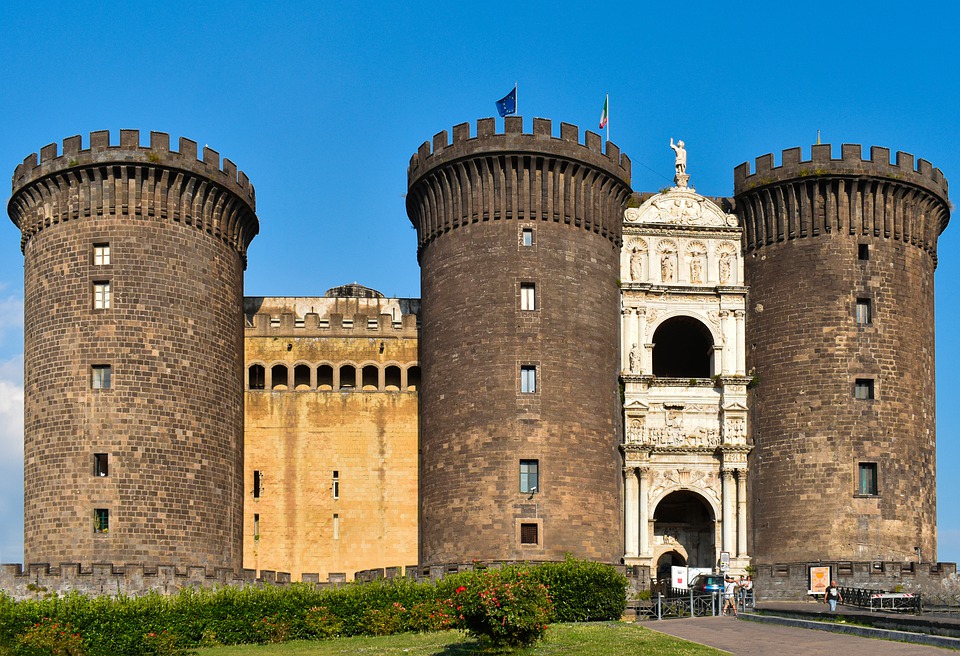

The King’s plans would be upturned n 1282 , with the revolt of the Sicilian Vespers that put an end on French rule on the island of Sicily. Peter III of Aragon would be the new Sicilian king although both sides would use the term (Kingdom of Sicily) from now on. The war between the French and the Aragonese (Catalan) would not change much. Despite the efforts of Pope Martin IV to wage a crusade against the newcomers the Sicilians were firmly anti-French in their majority and had already formed an alliance of their own with the new Greek Emperor in the East, the Habsburgs and the Ghibelline faction led by the Genoese. Not only Sicily was lost but the Sicilian-Aragonese fleet would even manage to take Ischia and Capri drawing Charles II (son and heir to Charles I) into a naval battle just outside the Bay of Naples despite his father’s orders to stay within the port and protect the city from attack. The Neapolitan fleet was utterly destroyed and Charles was taken prisoner in the summer of 1284. A peace would be reached in 1302 and new agreements would bring the two sides closer by 1308. Naples became more cosmopolitan with Genoese, Provencals and Byzantines setting up their trade and own neighborhoods in the Angevin capital. The construction of the new cathedral went full steam ahead as did the construction of a series of new churches especially during the years of Charles II’s heir and son Robert the Wise who took over after 1310. A lover of literature and art, who created a remarkable intellectual environment (Boccaccio, Giotto, Petrarca, Tino da Camaino resided in Naples in that period), promoted legislative studies, promoted the construction of the church of S. Chiara (in which is his funeral monument), and a great flowering of the Gothic style (churches of S.Lorenzo, S.Paolo Maggiore, dell ‘ Incoronata, basilica of San Domenico Maggiore) would take place. In 1329 he would order the building of his own palace, on the top of the Sant’Erasmo hill. After Roberto’s death (1343), his granddaughter Giovanna I created many problems for the city with her frivolous and insane behavior; in this period, plague epidemics, riots and Hungarian raids plagued the city; Giovanna was murdered after almost forty years on the Neapolitan throne.
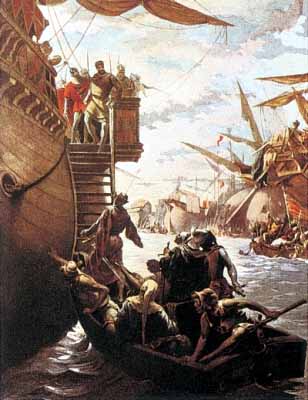

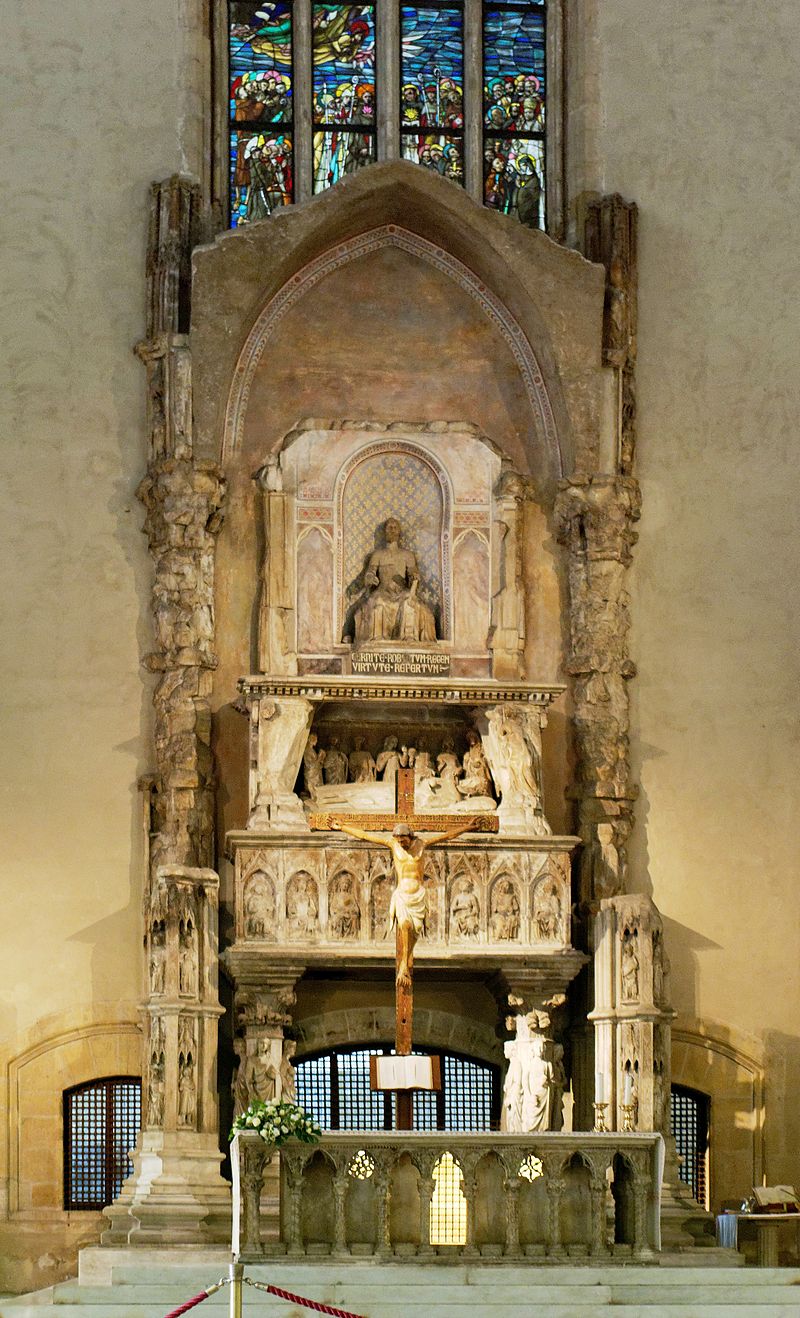
The Durazzo lineage, secondary branch of the Anjou dynasty, brought the young Ladislaus to the throne of Naples, after Charles; something that created a feud with Louis II of Anjou, who had claims to the throne. That would also lead to the division of the city into two factions. However, Ladislaus would ultimately prevail and prove to be a good ruler. In 1404, with the desire to unify the peninsula, he conquered Rome, but had to abandon it in 1409. He died just forty years-old, leaving the throne to his sister Giovanna ΙΙ, also dedicated, like her namesake ancestor, more to love affairs and scandals than to government activity. Upon her death in 1435 there were two contenders for the throne. Renato of Anjou and Alfonso V of Aragon who would try to take the kingdom of Naples with arms, starting from his kingdom of Sicily. Initially Alfonso faced naval defeat in Ponza and Renato arrived shortly after in Naples by sea, a city that until then had been governed in his name by Duchess Isabella, to wage the war against the Aragonese. After an initial period favorable to the Angevins , in 1441 Alfonso laid siege to Naples which he conquered after about six months in June 1442 the same way Belisario’s soldiers had taken Naples more than nine centuries earlier. Through the city’s old aqueduct. Under Alfonso V the Kingdom of Sicily with the Kingdom of Naples would be governed as one.
